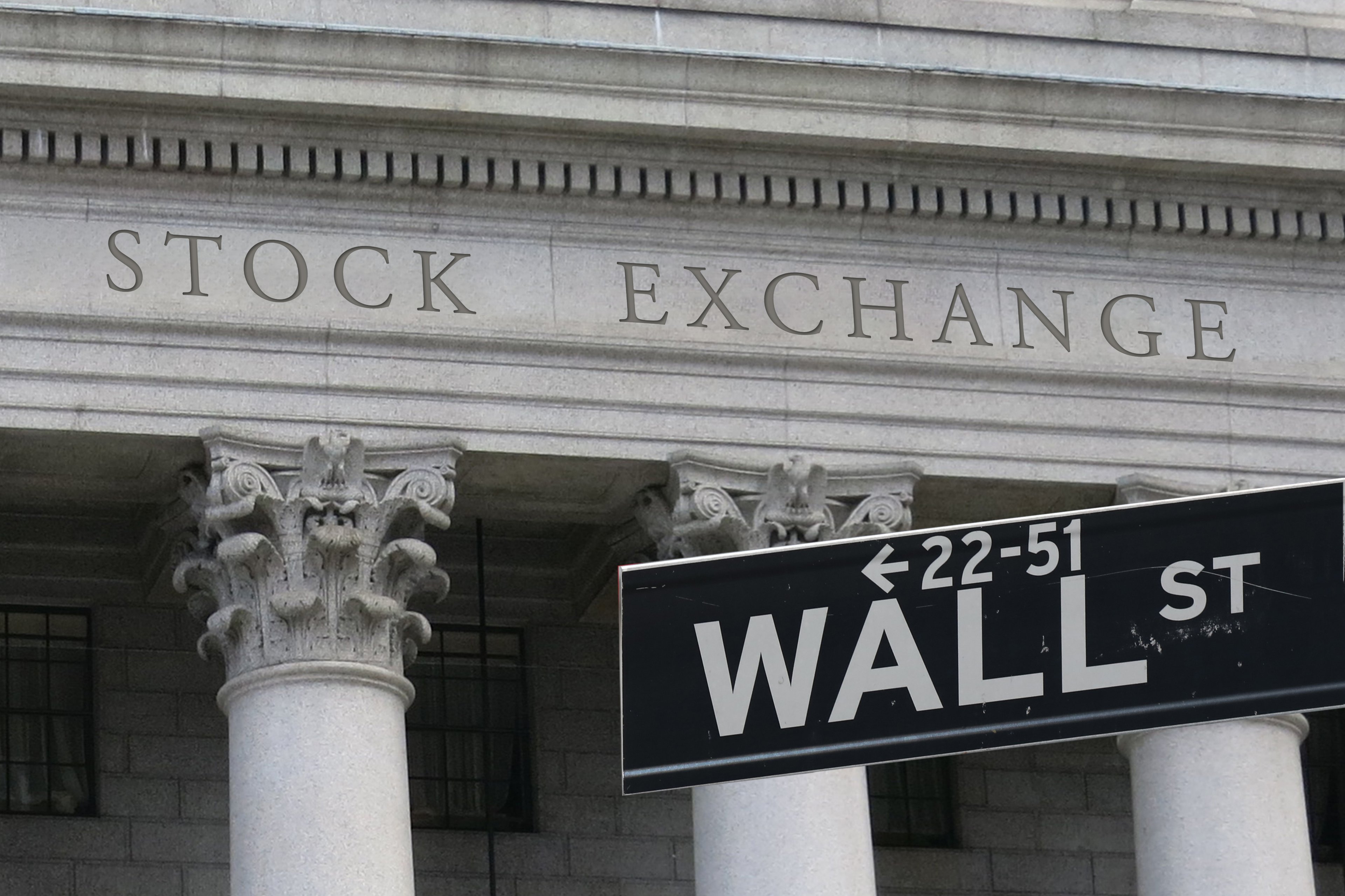
JPMorgan Chase CEO Jamie Dimon. Image source: JPMorgan Chase.
If there were only one shareholder letter that bank investors should read every year, it would be JPMorgan Chase (JPM +0.99%) CEO Jamie Dimon's. As my colleague Alex Dumortier recently reminded readers, even Warren Buffett recommends it, once saying on CNBC:
Jamie Dimon, I think, writes the best annual letter in corporate America. I think every viewer will learn something by reading his annual -- they'll learn a lot by reading his annual report. He thinks well, and he writes extremely well. And he works a lot on the report -- he's told me that -- and that's an annual report worth reading. Most annual reports aren't worth reading, but that one is.
In Dimon's latest letter, released last week, the 60-year-old bank executive expounded on a wide range of issues, touching on the economies in the United States and China, Britain's potential exit from the European Union, and the regulatory environment, to mention only a few. The last one, in particular, caught my attention.
Banks face a number of regulatory restraints that affect their growth. The most important of these concern the amount of capital that banks have to hold relative to their assets. This dictates a bank's leverage, which in turn dictates profitability.
This is especially problematic for the nation's biggest banks, the most interconnected of which must hold additional capital to serve as a buffer that can absorb losses during a downturn in the business cycle. This is known as the global systematically important bank buffer, or GSIB capital surcharge -- to read more about this, see here. This is the primary constraint on JPMorgan Chase's growth right now, wrote Dimon:
Every bank has a different binding constraint, and, over time, that constraint may change. Currently, our overriding constraint is the GSIB capital surcharge. ... This is one reason why we worked so hard to reduce the GSIB capital surcharge -- we do not want to be an outlier in the long run because of it.
JPMorgan Chase has gone to great lengths to reduce its GSIB surcharge. When the surcharges were first published last year, it had the highest surcharge of any bank. This put JPMorgan Chase at an obvious disadvantage relative to its peers when it comes to profitability, and it's the reason the $2.4 trillion bank set its sights on reducing this. As Dimon explained:
"In the last year, we took some dramatic actions to reduce our GSIB capital surcharge, which we now have successfully reduced from 4.5% to an estimate of 3.5%. ... We still will be working to further reduce the GSIB surcharge, but any reduction from this point will take a few years."
To be clear, JPMorgan must still hold more capital than smaller, simpler banks. Regional lenders, for instance, aren't subject to the additional capital surcharge. This is one of the reasons that a bank such as U.S. Bancorp has a competitive advantage over its larger counterparts. Over the long run, however, as JPMorgan Chase adjusts its balance sheet to reduce this, its relative disadvantage will decline. Thus, to Dimon's point, this "binding constraint" is something that shareholders in the nation's biggest bank by assets should watch closely.






